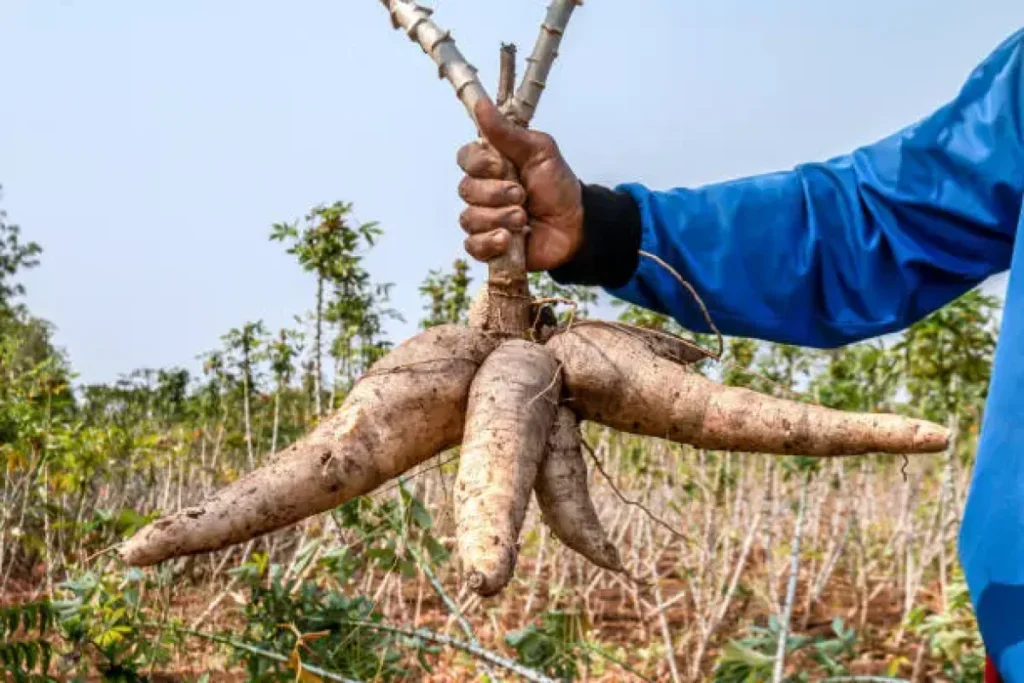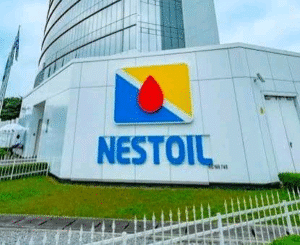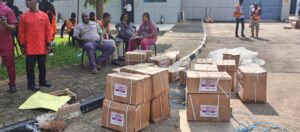Nigeria remains the world’s largest cassava producer, with production rising by 10% over the last five years, from 56.96 million tons in 2019 to 62.69 million tons in 2023, according to a recent 9am News report. However, despite this record-breaking output, experts say that Nigeria’s cassava supply still falls short of what is required to power value-added industries.
Although the country’s production significantly outpaces that of Brazil, Thailand, and Indonesia, over 80% of cassava harvested in Nigeria is consumed domestically primarily in the form of garri and fufu leaving less than 5% available for industrial processing.
This strong internal demand has made it difficult for cassava processors to compete. “It is very difficult to compete with the person turning cassava into garri at the back of their farms,” said Sadiq Usman, Managing Director of Flour Mills Nigeria Agro, during the 2025 Agriconnect Summit.
According to Usman, while the Middle Belt doesn’t produce as much cassava as the Southwest, processors target the region because “they also don’t eat a lot of garri,” making it easier to secure supply for industrial purposes.
He emphasized that for processing industries to survive, production must create a surplus. “A nation needs to move beyond consumption before it can feed industries,” Usman said, referencing the collapse of the company’s High Quality Cassava Flour (HQCF) initiative, which was introduced as a wheat substitute under the Cassava Master Plan.
Despite backing from the federal government, the project was discontinued due to inconsistent cassava supply, as household consumption patterns made sourcing difficult. “It felt like we were competing against consumers,” Usman added.
Nigeria’s annual garri demand is estimated at 1 million tons, yet only 250,000 tons are available, highlighting a significant demand-supply gap. This underscores why the root crop remains more valuable to households than to manufacturing firms.
Cassava is widely cultivated in the Southwest, Southeast, and Central regions of Nigeria, typically as an intercrop with other staples. But compared to countries like Thailand, where cassava is transformed into industrial starch, chips, and pellets for export, Nigeria lags far behind.
Data from 2023 FAOStat shows Nigeria’s cassava yield per hectare stands at 6.3 tons, in stark contrast to Thailand’s 20.61 tons per hectare, despite Nigeria producing more overall.
For farmers like Dangiwa Philips in Ogun State, industrial buyers dominate his market. “I supply about 700,000 tons monthly to a processing company,” he said. However, he believes low purchasing power among Nigerians limits market potential for processed cassava.
“A lot of Nigerians are poor, so they buy garri because it is affordable,” Philips said.
Similarly, Lagos-based accountant Ola Olawale confirmed that most Nigerians still prefer familiar cassava formats like garri and fufu. “I cannot imagine buying cassava in a form that is not garri or fufu,” he said.
With a national cassava value chain estimated at N27.6 trillion, stakeholders believe Nigeria can unlock massive industrial potential through diversification, investment in mechanisation, and improved yields.
“It is high time we start to climb up in the (cassava) value chain and stay up,” Usman urged, likening the strategy to Nigeria’s recent focus on palm oil diversification.
The need for increased cassava output is especially critical given that the World Bank estimates 87 million Nigerians live below the poverty line, making garri a staple due to its low cost and high availability.
Former President Olusegun Obasanjo, also speaking at the Agriconnect summit, said that mechanised farming is essential for transforming cassava from a subsistence crop to a high-value economic driver.
“It is high time we go beyond hoe and cutlass farming. We need to incorporate more youths into agriculture,” he stated.
As Nigeria continues to grapple with food security, poverty, and industrial growth, bridging the gap between high production and low industrial use remains a critical frontier.
Stay tuned to 9am News Nigeria for more Breaking News, Business News, Sports updates And Entertainment Gists.
















